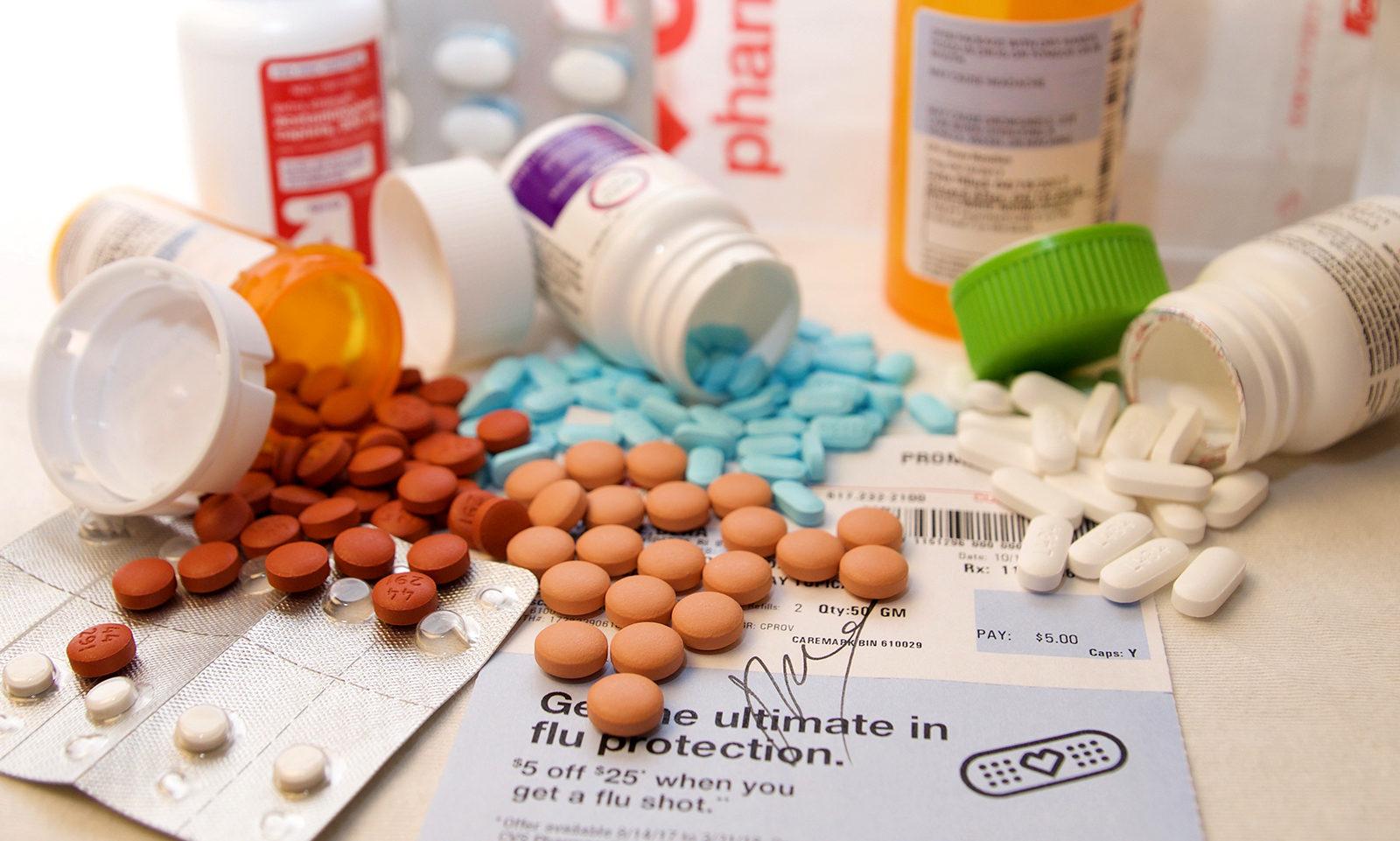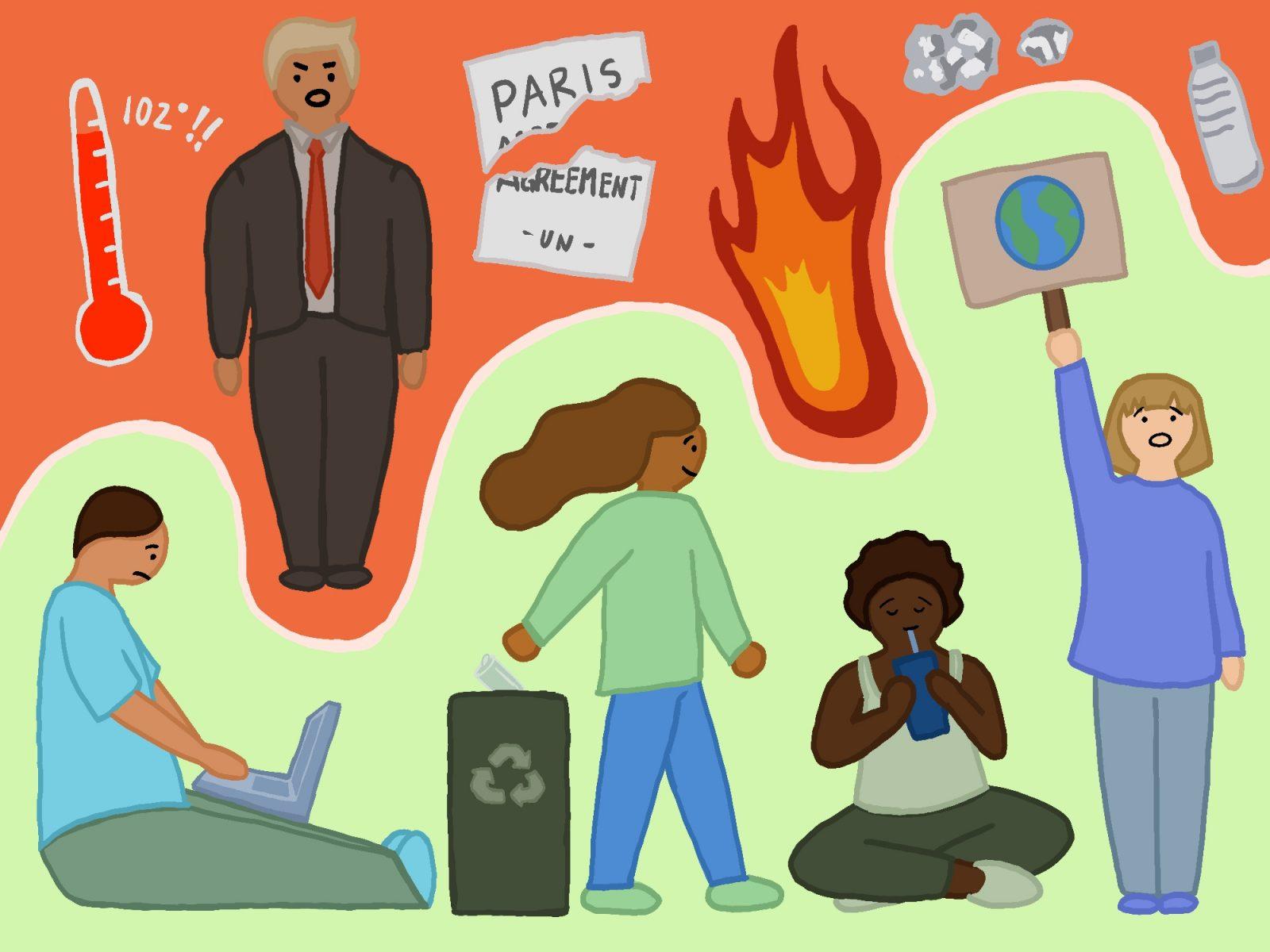From Methadone Mile to the Ivy League, the opioid crisis has made its mark on every strata of society.
Each day, well over 100 Americans are killed by opioid overdoses, with the death toll continuing to rise. And yet, for as long as this crisis has been in the news, it’s been nothing more than background noise. But this might be beginning to change.
Thursday afternoon, President Donald Trump declared the opioid crisis to be a “public health emergency.” Essentially what this announcement entails is a loosening of federal requirements on applying for grants and hiring public health officials, among other things — all intended to help pick up the pace when it comes to addressing the opioid epidemic.
Soon after Trump’s statement, Gov. Charlie Baker called the move a step in the right direction, and asked that it be accompanied by funding, something the declaration currently lacks.
It makes sense that Baker was leading this motion — Massachusetts has seen some of the worst consequences of the crisis. Fentanyl, the deadliest of all the opiates, hit Massachusetts hard last year, with nearly 4,000 cases reported. This statistic was one of the highest in the country, second only to Ohio.
Regardless, this is one of the most defendable things Trump has ever done. The opioid crisis desperately needed to be addressed, and it’s nice to see this consideration coming from the White House. However, no one was surprised to see that a grand gesture like this by the Trump administration ended up being a mostly hollow one. Without some serious funding, this issue won’t get the kind of solutions that it so badly needs, no matter how much we talk about it.
But there is a reason it took so long for opioids to see this kind of attention. The government officials who make our laws and policies are so far removed from the Middle America flyover states where these problems are the most dire, and from the lower-class communities where the crisis began.
However, now that opioids have expanded to become a plight of East Coast elites, we are beginning to see our leaders caring about it. People have stopped thinking of the opioid crisis as a problem only experienced by people vastly different from themselves — people who use dirty needles to shoot up heroin — and have started to see it as something that could affect their friends and neighbors — people who get these drugs with prescriptions from their doctors — something that feels like it could happen to anyone.
The opioid crisis is both of these things, and it shouldn’t have taken until the latter demographic got caught up in it all for us to pay attention. But that’s not just on Trump. We were well into the epidemic while President Barack Obama was in office, and we didn’t see much action from him either.
The solution Trump offered was clearly a surface level one, but in some ways, that’s exactly what we need. Part of the reason opioids have gotten so out of control is that people don’t know that much about them. These drugs are incredibly addictive, and they are affecting Americans on a massive scale. This is the kind of information that needs to be taught in our schools, not just something we see on the occasional billboard or TV ad, especially as the crisis continues to reach younger and younger generations.
Trump may not have given this issue funding, but he did give it attention. And sometimes that’s half the battle. It’s possible this move is too little, too late — but it’s also possible that this is the first step on the road to some real progress. We just need to make sure that this is not where the progress ends. If we can put some education and funding towards the opioid crisis, we might start seeing some change.






















































































































